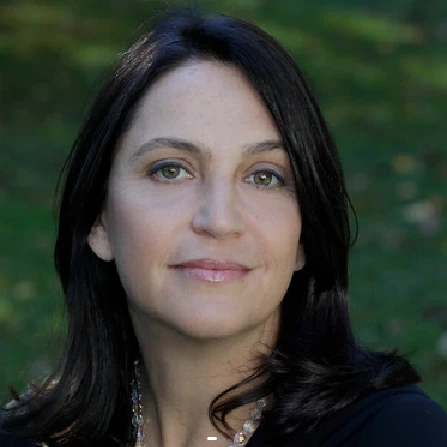Scan the United Nations’ 17 Sustainable Development Goals (SDGs). You’ll see inclusive growth, clean water and greater equality, among other objectives. But you won’t see this: Giving people access to savings accounts, loans, insurance and other financial services.
Yet achieving the SDGs would be tougher without bringing people into the banking system, as my colleagues and I will argue in this blog series. The series, along with a recent paper, “Achieving the Sustainable Development Goals: The Role of Financial Inclusion,” highlights the link between financial inclusion and development. Over the coming weeks, several bloggers with a wide range of expertise will highlight the role financial inclusion can play to attain many SDGs. This includes eliminating poverty, creating jobs, improving gender equality or good health, to name some. Financial inclusion can help ease the refugee crisis, too. Tens of thousands of Syrian refugees and others are landing on European shores without a bank account or access to financial services.
“It’s much harder to get paid at work if you don’t have a bank account, or to transfer money, for example to pay a doctor or join a gym,” Anas Albasha, who arrived in Germany after fleeing Syria in late 2014, told the Financial Times. “And if you are sleeping in a sports hall full of other people, or in a refugee center with a group of strangers, you can’t just leave all your money in your pocket – otherwise you will wake up and find you have none.”
People who can access financial services have greater security and privacy over their money. Savings accounts make it easier to save, so people save more and earn more. Women in Nepal who were offered a simple bank account increased their total assets by 16%. In India, a government effort to open banks in rural areas helped cut rural poverty by up to 17 percentage points.
Increasing account ownership also would promote gender equality (SDG No. 5). Consider that poor women account for 1.1 billion of unbanked adults, or most of the financially excluded. When savings accounts were offered to female market vendors in Kenya, their daily expenditure increased by 37%, relative to a comparable group of women who did not receive an account.
Financial inclusion of farmers can unleash bigger investments in the planting season. The result: higher yields—and progress toward greater food security (SDG No. 2). When Malawian farmers had their earnings deposited into a new bank account, they spent 13% more on equipment and increased the value of their crop output by 21%.
Financial inclusion also can encourage good health (SDG 3). A savings account allows parents to pay for a clinic appointment for kids. Out-of-pocket health care costs are an important reason why people are stuck in poverty. But give them an account, and:
-
A study in Kenya found that giving people a safe place to store money increased health spending by 66%.
-
Emerging research in Jordan suggests insurance can help women defray treatment costs and manage health-related shocks that would otherwise disrupt their economic activities and result in lost income.
Digital technology helps boosts financial inclusion … and achieving the SDGs. Digital financial payment products – a mobile phone linked to a bank account – allow people to get money from far-flung relatives and friends in a crisis, reducing the odds they’ll fall into poverty. A study of Kenya’s mobile phone-based money platform, M-Pesa, showed users are more likely to receive a remittance when hit with a financial shock, like a job loss.
There’s growing evidence that digitizing payments—for health, education or other social safety nets – yields big benefits for individuals, in addition to improving efficiency for governments and aid agencies by reducing transaction costs and leakage. In India, digitizing government transfers cut bribe demands for receiving the payment by 47%, and boosted beneficiaries’ payments by excluding middlemen who skimmed funds.
Despite greater access to digital financial services, gaps remain in how they’re used among regions. In Europe and Central Asia, 46% of adults engage in at least one type of digital payment, compared with 9 percent of adults in the Middle East.
Mobile phones help expand financial services – especially for people living in rural areas poorly served by traditional banks. In sub-Saharan Africa, 12% of adults make phone-based payments, mostly through mobile money accounts, a number that reaches 55% in Kenya.
Given the link between financial inclusion and development, governments should keep pushing for more access to and use of financial services. Prioritizing financial services does not take away resources from other priorities set through the SDGs. In fact, the evidence gathered to date builds a strong case that financial inclusion helps create the conditions that bring many of the SDGs within reach.
Just ask Anas Albasha, the Syrian refugee. “In Germany,” he told the Financial Times, “you need a bank account for everything.”
This post originally appeared on the CGAP blog.
The blog is part of a series on financial inclusion and the SDGs at CGAP: http://www.cgap.org/blog/series/achieving-sustainable-development-goals-role-financial-inclusion



Join the Conversation